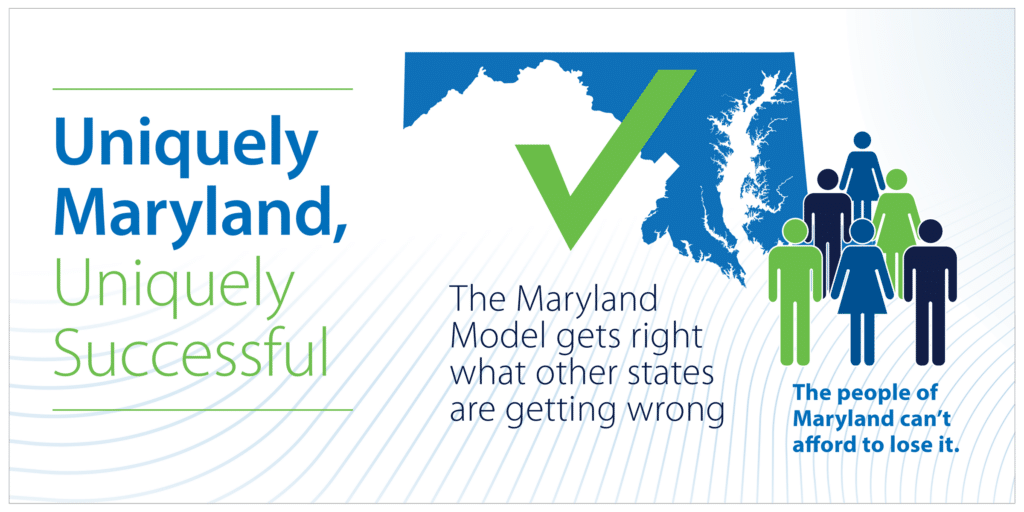The Maryland Model
Focusing on the health of the community, the Maryland Model allows hospitals to collaborate and use their resources to support Maryland and provide excellent care.

Overview
Maryland’s Total Cost of Care Model, part of the Center for Medicare & Medicaid Innovation contract and overseen by the Health Services Cost Review Commission (HSCRC), extends the legacy of the All-Payer Model and Maryland’s over 40-year commitment to innovating hospital payment systems. For decades, Maryland has regulated hospital rates through HSCRC, ensuring equitable pricing across all payers—be it private, commercial, Medicare, Medicaid, or self-pay—for identical services at the same hospital. Maryland’s successful implementation of the Maryland Model has led the Centers for Medicare and Medicaid Services to extend those same principles to other states.